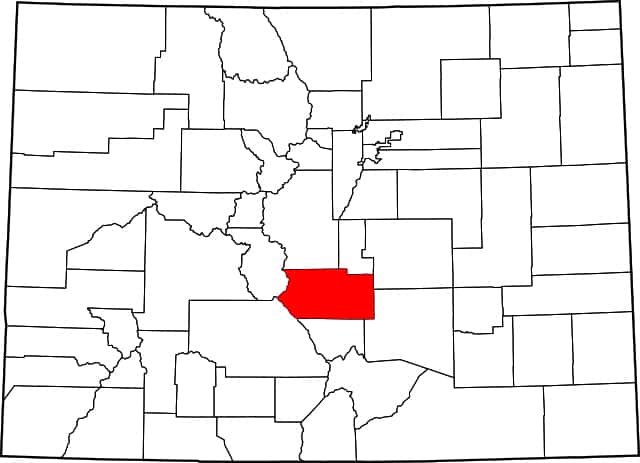Equine Influenza Identified as Cause of Wild Horse Deaths

This strain of equine influenza (subtype H3N8) is not related to the current outbreak of highly pathogenic avian influenza (subtype H5N1) that is currently impacting wild birds and poultry across the United States.
The PCR testing has also identified two equine herpes viruses (EHV-2 and EHV-5), but these commonly occur in normal, healthy horses, and it is unclear to what extent these may also be contributing to the severity of the clinical signs observed in the more severely affected group of horses at the facility.
More typical mild clinical signs of influenza are also being observed in approximately 10-20% of the other 2,184 horses at the facility that are not from the West Douglas Herd Area. No mortality has occurred in the larger groups of horses. The West Douglas horses were gathered in an emergency operation in 2021 following a wildfire that impacted their habitat. As of April 28, 95 horses have died at the facility since April 23.
“The Bureau of Land Management will review operations at the Canon City facility to prevent future outbreaks like this from occurring,” said BLM Colorado Acting Associate State Director Ben Gruber. “This tragic outcome was influenced by a population of horses that may have been particularly vulnerable given their time in the West Douglas area and their exposure to last year’s wildfire that prompted their emergency gather.”
“This unfortunate event is being taken very seriously by the Department of Corrections and the BLM,” said CDOC Executive Director Dean Williams. “We are working in coordination to mitigate the spread of the virus and identify and prevent any potential risk which could lead to future similar events.”
BLM continues to work with the attending veterinarians on scene as well as the diagnostic laboratories, veterinarians, and epidemiologists from the U.S. Department of Agriculture and the Colorado State Veterinarian’s Office to investigate and mitigate the factors that may be contributing to the most severe cases and prevent further spread of the disease. The facility remains under a voluntary quarantine with no horses allowed to leave the premises at this time and for the foreseeable future until it has been determined that the animals are again healthy and pose no risk to the domestic equine population in the community.
The veterinarian report and additional information can be found online at https://www.blm.gov/programs/wild-horse-and-burro/herd-management/herd-management-areas/colorado.
Written by:
Edited Press Release
Related Articles
Stay on top of the most recent Horse Health news with















